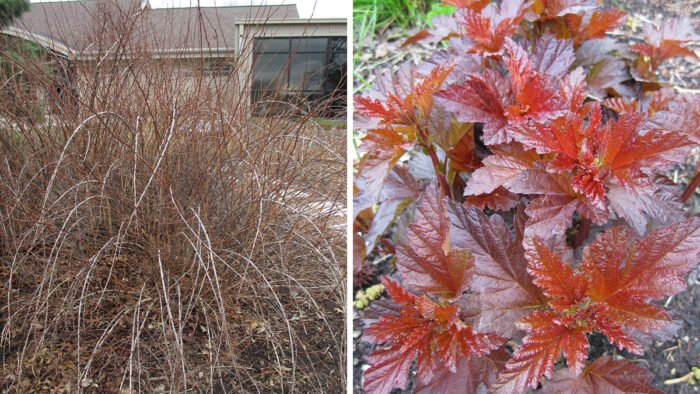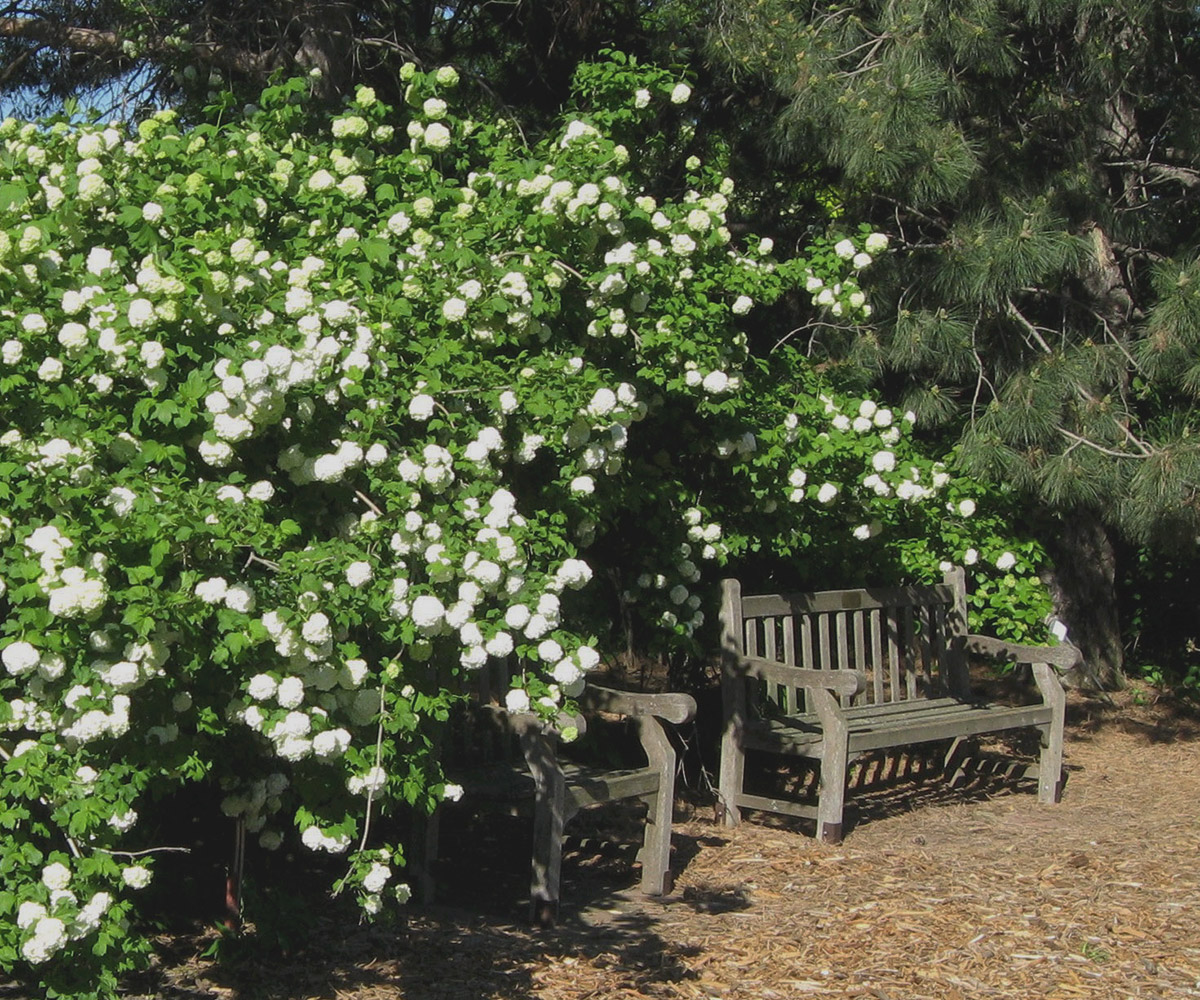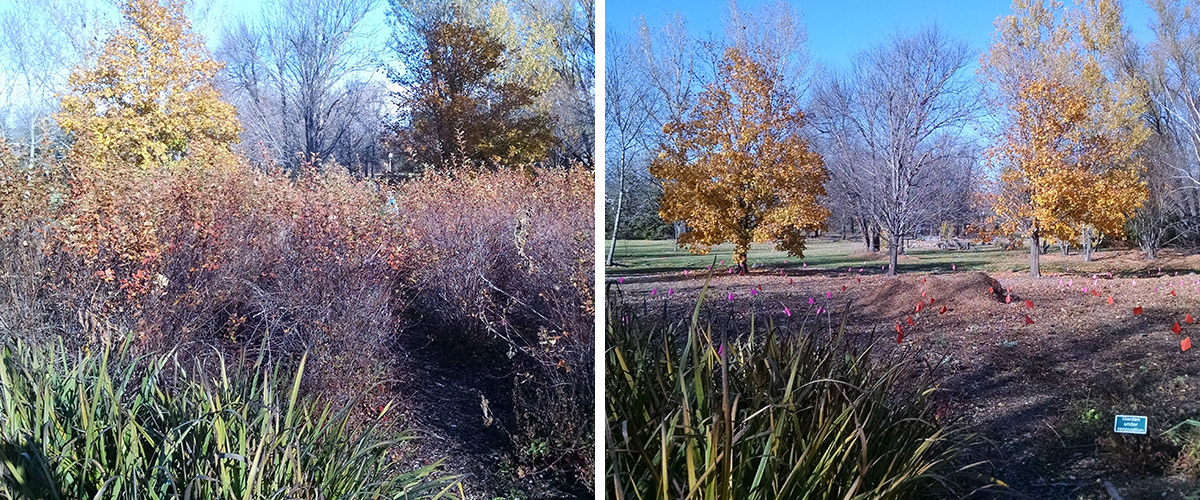Rejuvenation Pruning for Shrubs
For certain scraggly, overgrown shrubs, this technique provides a fresh start

We all have them in our landscape—those leggy, overgrown, multistemmed shrubs that maybe have not received the proper pruning each year to maintain the healthy and robust habit they once had. Perhaps it’s time to get drastic and give those wild shrubs a rejuvenation cut to start over.
How and when to rejuvenation prune
This method of pruning involves cutting the entire plant to the ground or a few inches from the ground. Generally the best time to perform the cut is in late winter or early spring (March–April), prior to bud break, unless you have a shrub that blooms on old wood, in which case the cut should take place after blooms fade. This typically happens in June to ensure the plants have time to set flower buds for next spring. The pruned shrubs will respond naturally from environmental cues to begin growing again; thus, the turbulent weather and temperature swings we often face in spring shouldn’t affect the timing of rejuvenation cuts.
When not to rejuvenation prune
There are many shrubs that can benefit from a rejuvenation cut so long as a few general guidelines are followed. Do not try to perform this on evergreen plants, as the only result will be a stump! Also, avoid performing a rejuvenation cut on stressed or mostly dead plants, as this type of maintenance practice can be hard on the plants and invite diseases or pests to further harm the health of the shrub.

A few species that benefit from rejuvenation pruning
- Snowball viburnum (Viburnum opulus var. americanum, Zones 2–7)
- Redtwig dogwood (Cornus sericea, Zones 3–8)
- False indigo (Amorpha fruticosa, Zones 4–9)
- Skunkbush sumac (Rhus trilobata, Zones 4–8)
- Fragrant sumac (Rhus aromatica, Zones 3–9)
- Elderberry (Sambucus canadensis, Zones 3–9)
- Bush honeysuckle (Diervilla lonicera, Zones 3–7)
- Ninebark (Physocarpus opulifolius, Zones 4–8)
- Prairie rose (Rosa arkansana, Zones 4–7)
- Western wild rose (Rosa woodsii, Zones 3–8)
- Shrubby cinquefoil (Potentilla fruticosa, Zones 3–7)
- Pussy willow (Salix discolor, Zones 4–8)

While not the ideal way to continually manage your shrubs, cutting the entire shrub down can be done every three to five years to reset the clock. A less noticeable and better way to renew your shrubs is to provide gradual rejuvenation spaced out over three years, in which one-third of the stems are removed each year in the same fashion by cutting them to the ground. Each subsequent year, another third of the old stems are removed, and the new, healthy stems are cut back by one-third to increase branching, resulting in a smaller and more densely branching shrub. Proper pruning can also stimulate an increase in flower production. Either way, rejuvenating overgrown shrubs can provide a much-needed makeover to any landscape, so grab your pruners and loppers and turn back time this spring.
—Chris Schlenker is the horticulture and grounds manager at McCrory Gardens of South Dakota State University in Brookings, South Dakota.






Comments
Log in or create an account to post a comment.
Sign up Log in